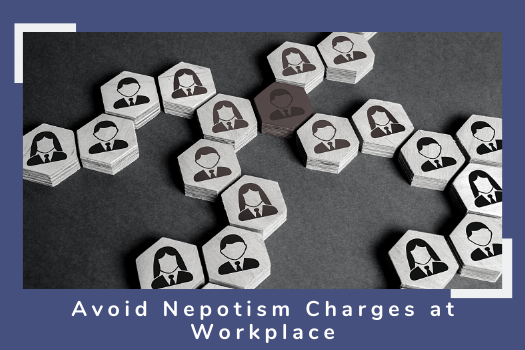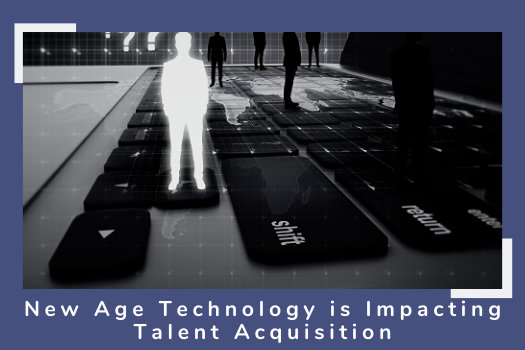Human Resource and Management : The Right Blend to Growth
Mr. Sanket Makadia, is a HR Professional with 12+ years of experience serving in renowned industries like Suzlon Energy Ltd, Ajanta Manufacturing Ltd to name some, and is currently serving in Jewelex Group, Surat, Gujarat. His professional experience encompasses a vast wealth of human resource and leadership experience. Throughout 12+ years of experience, his credentials and qualifications have been sharpened and developed in the areas of Workforce Planning, Talent Acquisition, Talent Management, Talent Engagement, Strategic Performance Management, Succession Planning, Leveraging IT into HR Processes, Employee relations and Training.
In his professional career, his major accomplishments range right from execution of Performance Management System, recruitment at all levels, training and analysis to successfully establishing sustainable HR processes, designing optimal organizational structure, leadership development and engagement initiatives and driving the grievance mechanism and bringing in improved compliance levels in the organization.
In an exclusive discussion with Sanjeev Himachali, Mr. Sanket Makadia discusses ‘Recent changes in HR- Role, Duties, Responsibilities and Challenges faced in an organization’, the excerpts…
Q. In India the first generation entrepreneurs in SMEs face challenges when it comes to succession plans. Your views and suggestions to overcome this challenge?
A. Succession planning is important right from a SME to big corporates to have a reduced risk of losing and ensure retaining a capable, deserving and experienced leaders. In fact, this challenge is not only faced by SME but large companies also. It has also been observed that an entrepreneur doesn’t want to go with system-centric approach, rather he prefers people-centric approach. To state some of the remedies can be, change in thought process (by benchmarking and T&D), focused vision, standardized process, delegation, trust & acceptance of other’s decision.
Adding to this, is to run trial and error model and also accept mistake (certain %) of successor.
Q. What are the challenges in an organizational structure for the HR department? How supportive are the management?
A. First of all, no one thinks about organization structure unless something goes wrong like havoc in system, for example, drop in profitability or company’s poor performance.
Proactive HR leaders (department even!) take the time to analyze the organizational structure from the start and make sure it facilitates efficient decision making.
Common challenges are poor communication (with internal-external customer), non-clarity on individual and department performance, departmental conflicts, unclear goals, inconsistency in process, dissatisfaction among employees and drop in productivity or profitability.
In such a scenario, Management can only be supportive if they have been well in advance informed/ communicated about coming challenges/ problems. In implementing strong organization structure, management needs to ‘shape proactive thought processes’ and ‘advanced comparison with competitors’. Implementing an organizational structure can be expensive, where resistance can be found from management. During the time it takes to get a structure in place, productivity will be affected and company's ability to generate revenue will drop; this is a concern for management that is not supportive.
Q. Generally, what are the issues for the HR department that pop up from other departments?
A. Non-adherence of policy/ SOP, solo decisions without consultation of HR, escalation of issue at any hierarchy, performance measurement, rewards and recognition, employee relations are common issues popped up by other department.
Q. How does the HR department help other departments in identifying and making changes to processes that affect their employees or customers?
A. In any business that wants to identify and wants to make change, human resources can play a key role. If we see employee life cycle or customer feel good experience, it all starts from having right person at right place i.e. talent acquisition process. Secondly, it is making employee aware about organization so that s/he can perform easily. Thirdly, it trains and develops employees on better productivity thus having employee satisfaction and good customer experience. Next is standardizing policies/ SOP, Employee Engagement, Measuring performance of people, reward and recognition, job rotation,
compliance ready organization are various facets HR can help an organization in bringing change.
Q. What is the role of the HR department in creating the company's work environment for people?
A. When we say good working environment, it means having clarity of role and goal, promotion and progression, rewards, safe and hygienic workplace condition, cultural blending, trustful leadership, training and development of people etc.
Q. How much involvement does the HR department get in making strategies and vision of a business?
A. When we say strategic role for HR, it engulfs, design of work positions, hiring, reward and recognition, strategic pay, performance development and appraisal systems, career and succession planning, and employee development.
Now, if we see involvement of HR into strategy and vision of business, in SME, it is ‘less’; because of lacking of understanding of business, while in medium and large scale industry, HR plays crucial roles in strategic role and vision framing.
Q. Professional development and personal development are inextricably linked. How can companies ensure this?
A. Company/ HR can start developing PDPs/ IDPs for key roles and minus two levels. This can happen only when company is having understanding and vision that employees are key assets of organization and by developing their personal ability, can be encashed into professional and organizational goals.
*This interview was originally published on www.sanjeevhimachali.org. [Date: 7th Februray 2018]






